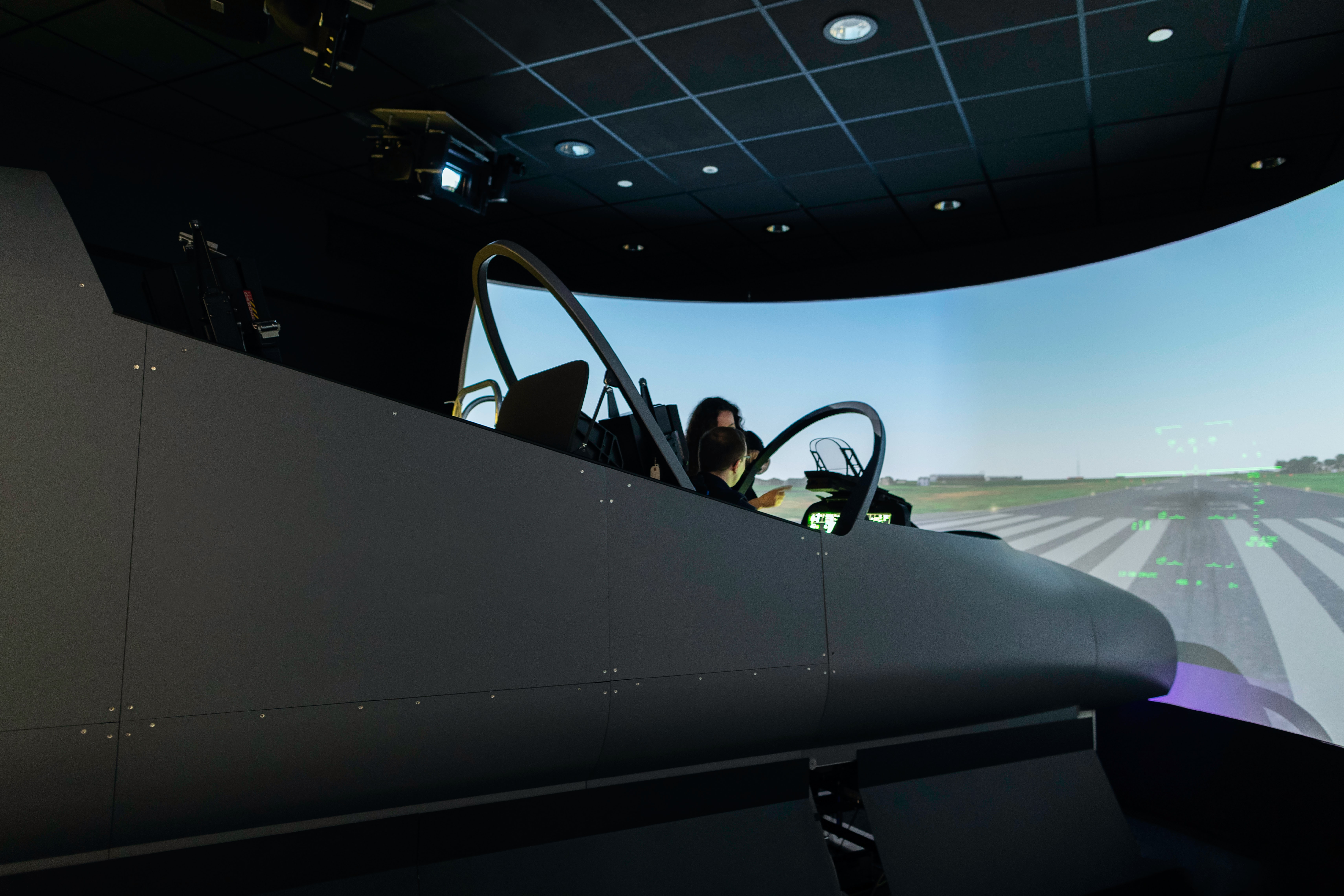As someone that works to design and build better user experiences, many clients and colleagues are surprised when they find out that my degree is not Design (design thinking) or UX related. My degree is in Aerospace Engineering from the University of Maryland (go Terps!). So by degree, I am not a UX Architect, I’m a rocket scientist.
Usually, when people hear this, I get a lot of questions about how I got into UX. Questions about what made me change from engineering, and how I feel about not using my actual degree in my career. For people that haven’t worked with a lot of UXers before, these aren’t surprising questions. More common “UX degrees” might be something like graphic design or human-computer interaction. But UX is a broad field, and people come into it from many backgrounds. While I don’t directly apply anything I learned about aerodynamics, propulsion, or control of dynamic systems in my day to day work, there are a lot of things that engineering prepared me for in the world of user experience design.

A surprising amount of tests I took during my pursuit of a degree in engineering were open notes or even open book. If you think that somehow made those tests easy, you would be very wrong. You could list out all of the formulas, conversion tables, and constants that you wanted, but if you didn’t know how to model the problem you were working on, all of that meant nothing. When you completely understood the problem and modeled it accordingly, only then could you plug into your formulas and get the right answer. The effort was 90% modeling, 10% getting the solution.
Similarly, so much in design thinking is about understanding the problem to the point where the solution becomes almost obvious. When we describe the Design Thinking process at Mindset, we first break it into three phases: Inspiration, Ideation, and Implementation. It’s during the inspiration phase where we create all of the models that allow us to transition smoothly into creating solutions later in the process. To understand our users, we engage in various research activities like job shadowing, interviews, or contextual inquiries. We distill all of this research into outputs like user personas or journey maps.

These serve as our models for understanding our users, their goals and pain points, the environments they work in, what their existing processes look like, and other key details that clarify what their needs are. When you put in all of this hard work to modeling the needs of the users, you’re in a great place to create a great experience for them. If you skip this important step and go right to applying your formulas and equations, you run a serious risk of getting the answer wrong altogether.
Additionally, learning how to model problems correctly. A few of my engineering courses taught me how to test my solutions. You’ll be happy to know that long before you get in an airplane, that design has been tested rigorously. It is tested both on the ground with simulations and in wind tunnels. Further, tested in the air with test pilots and engineers. In design, once we’ve properly modeled the challenge we’ll be solving for and come up with some potential solutions, it’s always smart to test them out with real users. That allows us to get feedback and adjust our designs to better meet user needs. Sometimes it prevents us from unintentionally building a particular feature in a way that would otherwise provide a bad experience. Whether you’re evaluating aeroelastic flutter stability or a redesigned application for sales professionals, testing will help ensure a successful launch.

When you’re talking about designing an airplane, a satellite, or a new Mars rover, you’re talking about a design team. It’s not one person running end-to-end from design to testing to production. There are specialized disciplines that are involved throughout the process and everyone has something important to contribute. In many situations, there are also business and marketing teams involved, understanding how to sell the aircraft.
Our design thinking process is no different. We involve designers, developers, process experts, users, managers, and anyone that contributes and wants involvement. Mindset leverages a participatory design process where our UX experts are working directly with those that will be using the product on a day-to-day basis. This gives ownership to users. It allows us to combine our design expertise with the knowledge and ideas from actual users. Everyone has an opportunity to contribute, and our designs are all the better for it.

At this point, more than 7 years removed from doing any aerospace engineering work, you probably wouldn’t want me to engineer a kite you’re flying, let alone any plane you’d consider traveling in. But aspects of my engineering degree and the things I learned live on. Taking the time to understand problems fully will lead you to the correct answer. Testing, adjusting, and testing again is important to ensure a successful (and safe) product launch. And you’re much better off working as a team, leveraging each other’s unique strengths to create an amazing experience. I may not be doing any more linear algebra or fluid dynamics. However, I’m still able to apply what I learned in rocket science to what I do today; designing great experiences for my clients.
If you are interested in viewing similar articles, visit our blog, here.
View our LinkedIn, here.